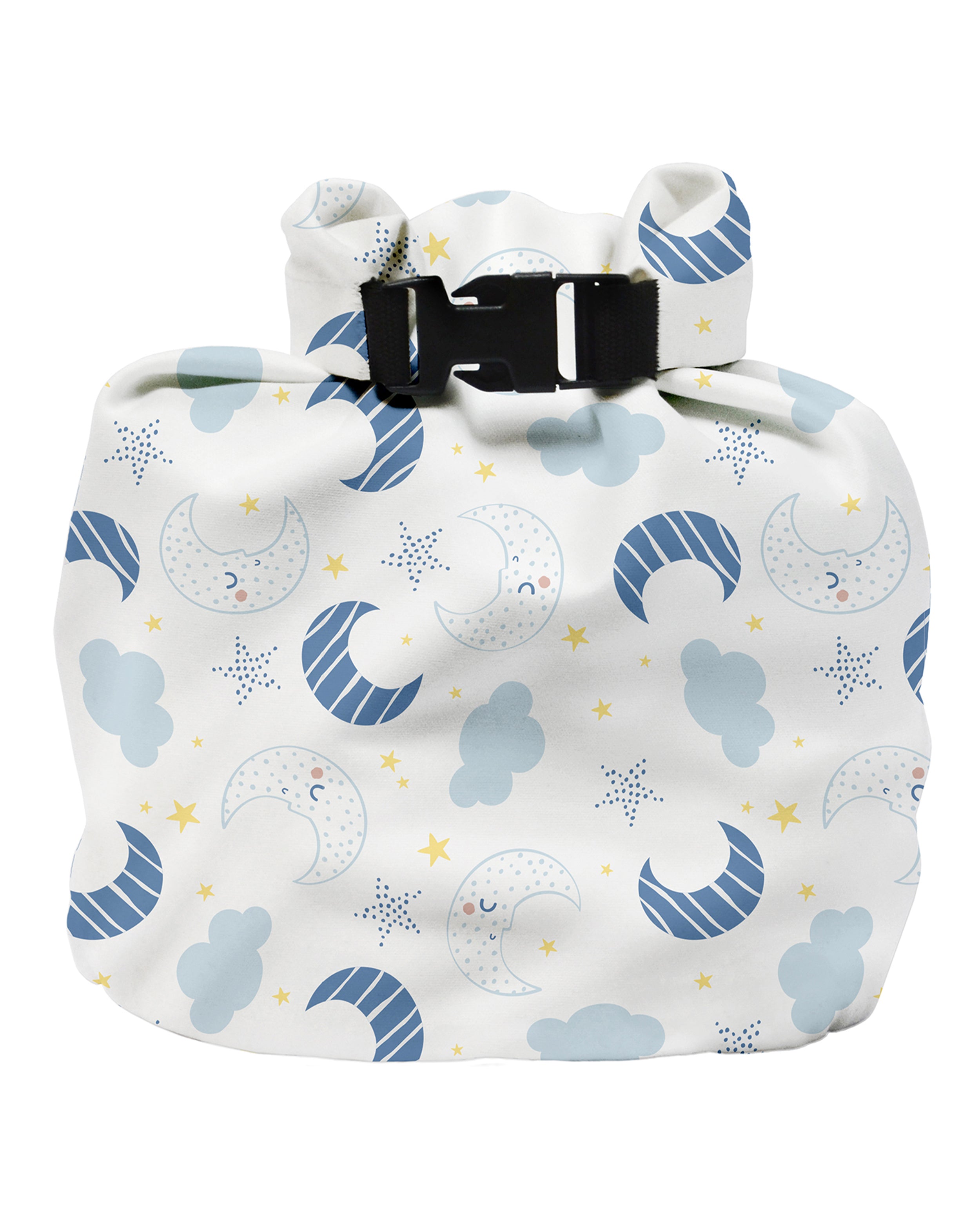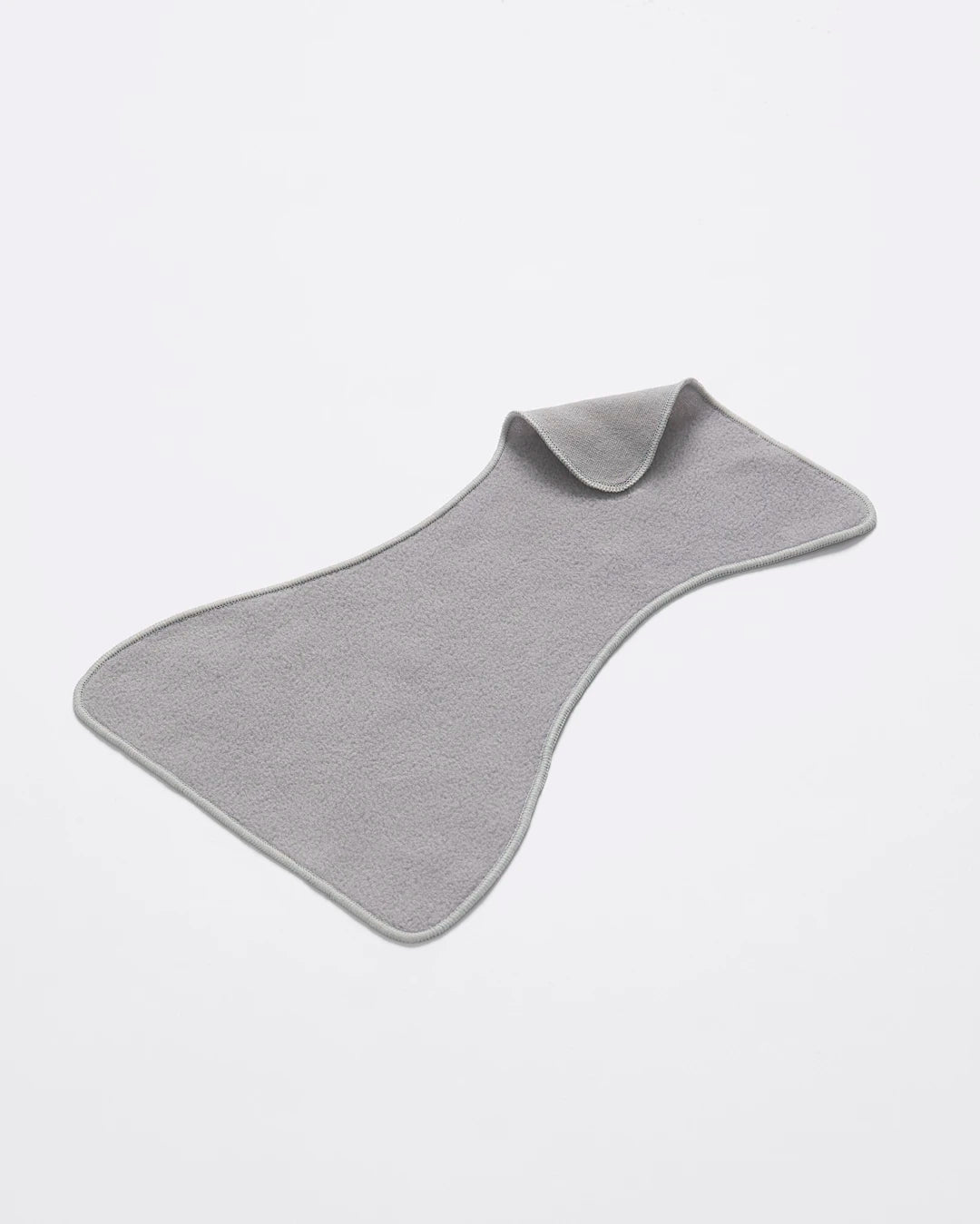Week 5 of Pregnancy | How Big is Your Baby at 5 Weeks?
Share Options
- Bambino Mio
- 09 / 07 / 2023

Inside this Article:
- Your baby is the size of a strawberry seed!
- You’re pregnant. Congratulations!
- Your baby is now an embryo
- The gestation sac
- How you’re feeling at five weeks of pregnancy
- A missed period
- Changes to your breasts
- Tiredness
- Nausea and vomiting
- Frequent weeing
- Emotional swings
- Staying healthy at five weeks of pregnancy
- Take the test
- Take your folic acid
- Eat healthy and safe foods
- Things to think about at five weeks of pregnancy
- Citations and References
- Pregnancy by Week, What to Expect
Pregnancy is a time of huge change for you, your body and your life. Our guide will help you through this amazing time, letting you know what to expect at each stage and, most excitingly, what your baby is up to each week.
Your baby is the size of a strawberry seed!
Yes, we’re going with the fruit and vegetable theme when it comes to how big your baby is. By five weeks, your baby is around 1.5mm (1/17th of an inch), which is around the size of a strawberry seed. While still tiny, your baby’s rate of growth is huge and their major organ systems, such as the brain and heart, are already forming (1).
You’re pregnant. Congratulations!
That tiny little life is having some big effects already. The main one being a distinct lack of a period. A missing or late period is usually what prompts women to take a pregnancy test, although many modern day pregnancy tests are sensitive enough to pick up human chorionic gonadotropin (hCG) (2) before your period is late.
Your baby is now an embryo
The ball of cells that was your baby last week is starting to lengthen and look a little like a tadpole this week. This change of appearance is partly down to the development of the neural tube which runs the full length of the embryo (3). This tube develops further into the spinal cord and brain and there’s now also a little shape in the centre which will develop into your baby’s heart.
Your baby isn’t just growing in length, their cells are differentiating into three different layers which will eventually become the different body systems:
- The outer layer, or ectoderm, is starting to form your baby’s nervous system, including the spinal cord and brain, as well as your baby’s skin, hair and nails
- The middle layer, the mesoderm, will become your baby’s circulatory system, containing their heart and blood, as well as developing into bones, muscles and kidneys
- The inner layer, or endoderm, will develop into your baby’s intestines, lungs and liver
The gestation sac
This is a sac, or ball, of fluid that envelopes your developing baby. At five weeks your baby is too small to see just yet, but the sac may well be visible on an ultrasound (4).
How you’re feeling at five weeks of pregnancy
As your human chorionic gonadotropin (hCG) levels start to rise, they don’t just trigger a positive pregnancy test, they also cause some of your early pregnancy symptoms (5). Some women don’t notice any symptoms at all at this stage and that’s fine as it’s not an indication of how healthy the pregnancy is. Most women do notice something, however, with early pregnancy symptoms including:
A missed period
The lack of a period is one of the main signs of pregnancy and it’s caused by the rise in the pregnancy hormone progesterone, which promotes the growth and maturation of the uterine lining (6) rather than its shedding.
Changes to your breasts
Your breasts might feel sore, tingly or extra sensitive. These changes can feel like your period is due, but more intense or noticeable.
Tiredness
Fatigue and tiredness in early pregnancy is very common as your body is working very hard, even though it’s not obvious from the outside.
Nausea and vomiting
One of the most common - and least popular - symptoms of pregnancy is nausea and vomiting. No one is totally sure why it happens but it’s related to the hormone fluctuations involved in pregnancy. For most women it tails off after 12-13 weeks but for some it lasts longer.
Frequent weeing
Lots of women find they need to go to the bathroom much more often in early pregnancy. Pregnancy hormones cause an increase of fluid in your body so your kidneys need to step up a gear.
Emotional swings
Finding out you’re pregnant can make you feel many different emotions. You might be elated one minute, scared the next and everything in between - sometimes all at once.
Staying healthy at five weeks of pregnancy
Most women take their pregnancy test (7) at five weeks and it can feel overwhelming. There’s just 35 weeks to go until you’re a parent and while this seems like it’ll pass in a flash, there’s lots of time to plan and get used to the idea of parenthood.
Take the test
You might have done this already, but if you haven’t, it’s a good time to do it now. A home pregnancy test can detect hCG levels high enough to indicate pregnancy with around 99% accuracy.
Take your folic acid
Folic acid (8) helps your baby to develop properly and reduces the risk of neural tube defects such as spina bifida.
Eat healthy and safe foods
You can keep some of your favourite foods when you’re pregnant, but make them part of a healthy pregnancy diet (9). Some foods, however, are best avoided during pregnancy, including:
- Unpasteurised dairy products, such as milk and some cheeses
- Raw or undercooked meats (especially chicken), eggs and seafood
- Uncooked smoked foods such as salmon
- Fish with high mercury levels such as mackerel and swordfish
- Raw cake batter or dough
You can find out more about foods to avoid in pregnancy here (10).
Things to think about at five weeks of pregnancy
Book an appointment with your GP to get your antenatal care started (11).
Take folic acid and or other prenatal vitamins.
Find out more about which foods to avoid.
Citations and References
(1) University of New South Wales (UNSW). ‘Embryology. Carnegie Stage 8.’ 2020. Web. embryology.med.unsw.edu.au/embryology/index.php/Carnegie_stage_8
(2) National Institutes of Health (NIH). National Library of Medicine. ‘Human Chorionic Gonadotropin.’ 2022. Web. www.ncbi.nlm.nih.gov/books/NBK532950
(3) University of New South Wales (UNSW). ‘Embryology. Carnegie Stage 8.’ 2020. Web. embryology.med.unsw.edu.au/embryology/index.php/Carnegie_stage_8
(4) National Institutes of Health (NIH). National Library of Medicine. ‘Gestational Sac Evaluation.’ 2023. Web. www.ncbi.nlm.nih.gov/books/NBK551624
(5) National Health Service (NHS). ‘Signs and Symptoms of Pregnancy. Early Signs of Pregnancy.’ 2022. Web. www.nhs.uk/pregnancy/trying-for-a-baby/signs-and-symptoms-of-pregnancy
(6) National Institutes of Health (NIH). National Library of Medicine. ‘Physiology, Progesterone.’ 2023. Web. www.ncbi.nlm.nih.gov/books/NBK558960
(7) National Health Service (NHS). ‘Trying for a Baby. Doing a Pregnancy Test.’ 2022. Web. www.nhs.uk/pregnancy/trying-for-a-baby/doing-a-pregnancy-test/
(8) National Health Service (NHS). ‘Folic Acid. Pregnancy, Breastfeeding and Fertility While Taking Folic Acid.’ 2022. Web. www.nhs.uk/medicines/folic-acid/pregnancy-breastfeeding-and-fertility-while-taking-folic-acid
(9) National Health Service (NHS). ‘Keeping Well in Pregnancy. Eating Well in Pregnancy.’ 2023. Web. www.nhs.uk/pregnancy/keeping-well/have-a-healthy-diet
(10) National Health Service (NHS). ‘Keeping Well in Pregnancy. Foods to Avoid in Pregnancy.’ 2023. Web. www.nhs.uk/pregnancy/keeping-well/foods-to-avoid
(11) National Health Service (NHS). ‘Your Pregnancy Care. Your Antenatal Appointments.’ 2023. Web. www.nhs.uk/pregnancy/your-pregnancy-care/your-antenatal-appointments
Pregnancy by Week, What to Expect




























